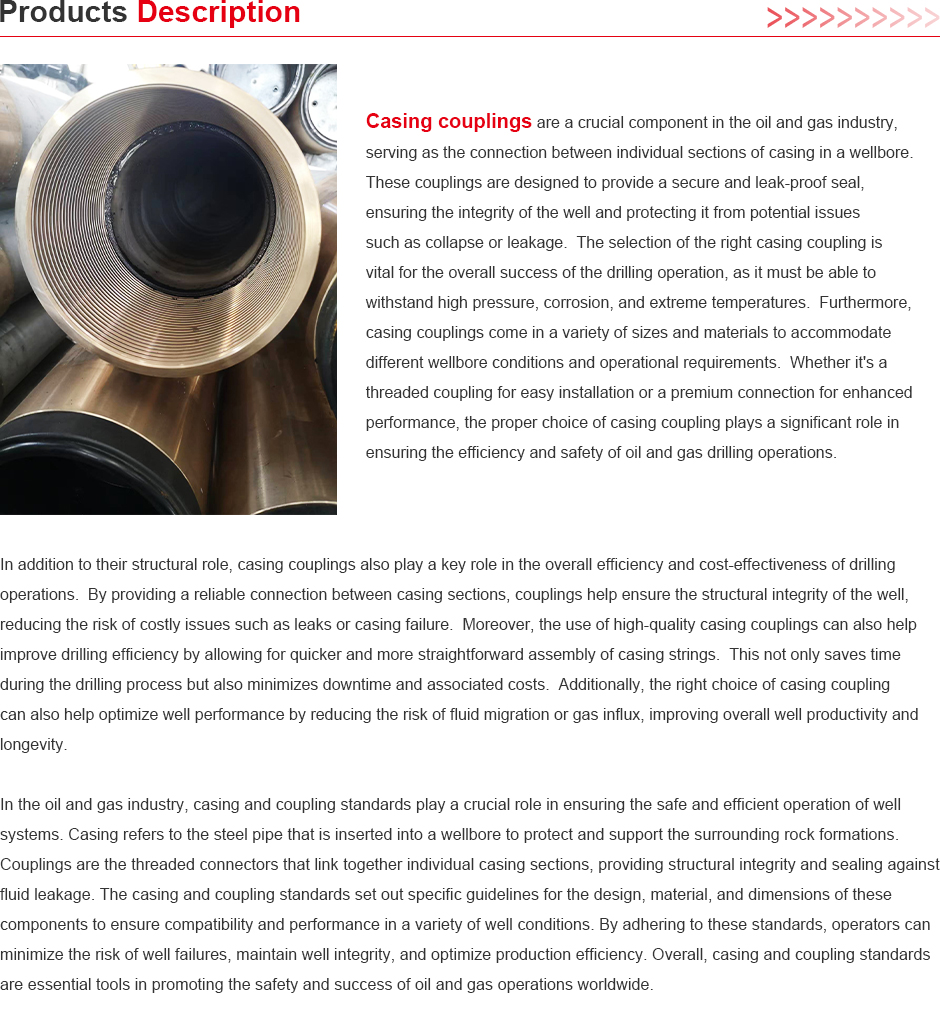- Afrikaans
- Albanian
- Amharic
- Arabic
- Armenian
- Azerbaijani
- Basque
- Belarusian
- Bengali
- Bosnian
- Bulgarian
- Catalan
- Cebuano
- Corsican
- Croatian
- Czech
- Danish
- Dutch
- English
- Esperanto
- Estonian
- Finnish
- French
- Frisian
- Galician
- Georgian
- German
- Greek
- Gujarati
- Haitian Creole
- hausa
- hawaiian
- Hebrew
- Hindi
- Miao
- Hungarian
- Icelandic
- igbo
- Indonesian
- irish
- Italian
- Japanese
- Javanese
- Kannada
- kazakh
- Khmer
- Rwandese
- Korean
- Kurdish
- Kyrgyz
- Lao
- Latin
- Latvian
- Lithuanian
- Luxembourgish
- Macedonian
- Malgashi
- Malay
- Malayalam
- Maltese
- Maori
- Marathi
- Mongolian
- Myanmar
- Nepali
- Norwegian
- Norwegian
- Occitan
- Pashto
- Persian
- Polish
- Portuguese
- Punjabi
- Romanian
- Russian
- Samoan
- Scottish Gaelic
- Serbian
- Sesotho
- Shona
- Sindhi
- Sinhala
- Slovak
- Slovenian
- Somali
- Spanish
- Sundanese
- Swahili
- Swedish
- Tagalog
- Tajik
- Tamil
- Tatar
- Telugu
- Thai
- Turkish
- Turkmen
- Ukrainian
- Urdu
- Uighur
- Uzbek
- Vietnamese
- Welsh
- Bantu
- Yiddish
- Yoruba
- Zulu
Understanding the Concept and Functionality of Bull Plugs in Various Applications
Understanding Bull Plug Definition and Applications
In various fields ranging from industrial to technological, specialized terms often arise that encapsulate specific concepts, functionalities, or tools. One such term is bull plug. While it may seem niche, the bull plug serves a vital function especially in plumbing, construction, and certain engineering domains.
Definition of Bull Plug
A bull plug is a type of cap or plug used to seal an opening in a pipe or fitting. They are commonly made from various materials such as steel, plastic, or brass, depending on the environment and application. The term “bull” in bull plug is often thought to refer to its robust design, capable of handling significant pressure or preventing leakage in industrial settings. This tool is particularly beneficial in systems where temporary seals are required or where the future need for access is anticipated.
Applications of Bull Plug
Bull plugs find a variety of applications across different sectors. Here are a few key areas where they are commonly utilized
1. Plumbing In plumbing systems, bull plugs are used to close off ends of pipes during construction or repair. This is essential to prevent debris from entering the system and to maintain system integrity until the next phase of installation or testing.
2. Oil and Gas Industry In the oil and gas sector, bull plugs play a critical role in maintaining safety and efficiency. They are often used to seal pipelines, equipment, and tanks. Given the high-pressure environment and the potentially hazardous nature of the materials being transported, robust plugs are crucial for preventing leaks and spills.
3. Hydraulic Systems Similar to plumbing, hydraulic systems use bull plugs as a method to close off hydraulic lines and ports. This can be important during maintenance work when certain sections of the system are being isolated to facilitate repairs or inspections.
4. Construction Bull plugs can also be employed in construction settings where temporary openings need to be sealed, for instance, during the curing of concrete or other materials. This helps in controlling the moisture and prevents contaminants from entering.
bull plug definition

5. Fittings and Valves In scenarios involving valves and fittings, bull plugs function as a backup seal or closure. When a valve is removed for maintenance, bull plugs can be inserted to safely stop the flow of materials, providing an extra layer of safety.
Advantages of Using Bull Plugs
The use of bull plugs comes with distinct advantages
1. Ease of Use Bull plugs are designed for easy installation and removal, making them convenient for various tasks where quick access is necessary.
2. Cost-Effectiveness Utilizing bull plugs can significantly minimize downtime and potential losses from leaks, making them a cost-effective tool in both short-term and long-term scenarios.
3. Durability Made from robust materials, bull plugs are built to withstand harsh conditions, whether they be high pressures in industrial applications or environmental factors such as moisture and temperature fluctuations.
4. Safety By providing a secure closure, bull plugs enhance the safety of systems, reducing risks associated with leaks or spills that can have dire environmental or economic consequences.
Conclusion
In summary, the bull plug is a remarkable example of how a simple tool can have a profound impact across various industries. Its definition may remain straightforward, but the versatility and functionality it offers cannot be overstated. Whether in plumbing, oil and gas, or hydraulic systems, its capacity to provide secure closures makes it an invaluable asset for professionals. As industries continue to evolve, the importance of reliable components like the bull plug will undoubtedly persist, contributing to the efficiency and safety of numerous operations.
-
Tubing Pup Joints: Essential Components for Oil and Gas OperationsNewsJul.10,2025
-
Pup Joints: Essential Components for Reliable Drilling OperationsNewsJul.10,2025
-
Pipe Couplings: Connecting Your World EfficientlyNewsJul.10,2025
-
Mastering Oilfield Operations with Quality Tubing and CasingNewsJul.10,2025
-
High-Quality Casing Couplings for Every NeedNewsJul.10,2025
-
Boost Your Drilling Efficiency with Premium Crossover Tools & Seating NipplesNewsJul.10,2025







